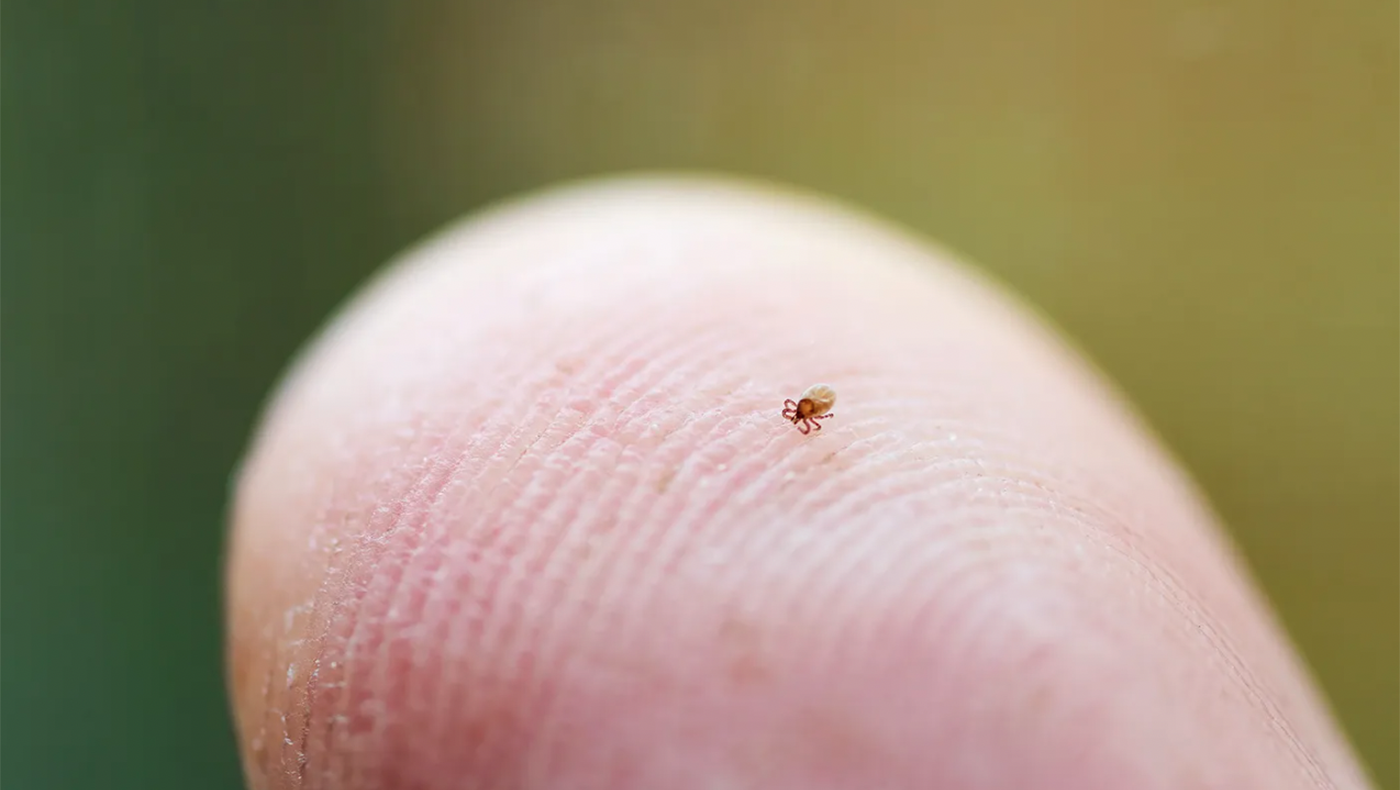Summer is here, meaning it’s time to break out the tick protection along with the sunscreen.
Although the deer ticks that transmit Lyme disease are active whenever it’s above freezing, they are not only out now, they are so tiny—the size of a pencil tip or poppy seed—they are practically invisible.
Why is tick exposure so dangerous at this time of year?
That lack of visibility gives them stealth disease-transmitting powers.
“This is when a lot of people get infected,” says Northeastern University professor Kim Lewis, director of the university’s Antimicrobial Discovery Center.
People are outdoors, enjoying backyards, parks and hiking trails. But if they can’t see the tick that bit them to remove it with a pair of tweezers, they give the tiny ticks more time to feed on them and transmit pathogens with their saliva.
No wonder then that Massachusetts state public health officials say the majority of cases of tick-borne disease, including Lyme disease, occur from June to August.
At this stage of development, deer ticks are known as nymphs. They will hang around until August, when if they are lucky enough to get a blood meal they will turn into adults, says Larry Dapsis, entomologist with the Cape Cod Cooperative Extension.
Adult deer ticks actually are more likely to carry the bacterium, Borrelia burgdorferi, that causes Lyme disease, Dapsis says. But being more visible—they are sesame seed-sized—the adults are more likely to be spotted and pulled off before they can do any damage.
“The infection rate for nymphal ticks is 20% compared to the adult stage, which is 50%. But the nymphs are responsible for 85% of all tick-borne diseases,” Dapsis says.
The nymphs emerge in mid- to late-May and tend to lurk in the leaf litter, unlike the adults that perch on grasses and shrubs that are knee high.
Read more on News@Northeastern.
Photo by Getty Images.

